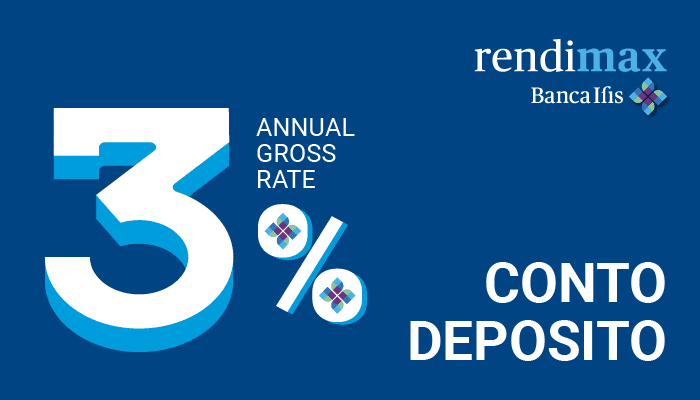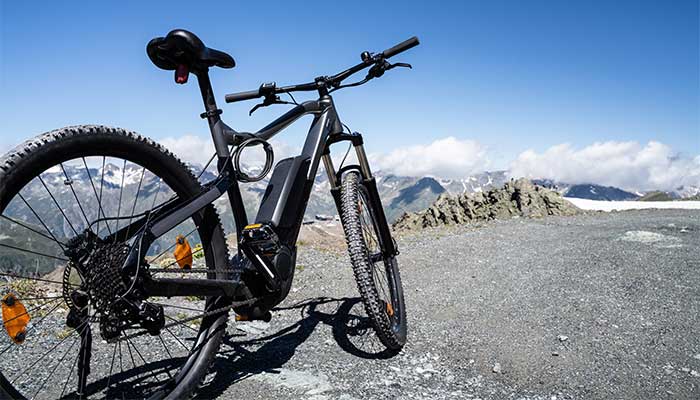This year marked the 56th edition of Tirreno Adriatico. The fifth trial of UCI World 2021 consisted of seven stages, and took place from 10 to 16 March 2021 with a remarkable 1,109 kilometre-route all around central Italy (Tuscany, Lazio, Umbria, Abruzzo and Le Marche). The fascinating route of the “race of the two seas” went through beautiful landscapes, with fast stretches and treacherous climbs along the Apennines.
The high ranking team included the likes of Tadej Pogačar, Egan Bernal, Simon Yates, Nairo Quintana, Vincenzo Nibali, Jakob Fuglsang, Simon Yates, Mikel Landa, Geraint Thomas, Mathieu van der Poel, Wout van Aert, Julian Alaphilippe, Peter Sagan, Greg van Avermaet, Davide Ballerini and Filippo Ganna.
The event promised to draw large crowds and provide great entertainment, thanks also to the support for the second year running of Banca Ifis, Premium Partner of all seven Great Classics of Cycling 2021.
The first stage was won by the Belgian member of the Jumbo – Visma team, Wout Van Aert, who maintained a lead until the fourth stage, which was won instead by the Slovenian Tadej Pogacar of UAE Team Emirates.
Why we loved the 56th edition of Tirreno Adriatico
The Tirreno Adriatico is a race rich in history and success, and is considered the most beautiful race after the three grand tours – Tour de France, Giro d’Italia and Vuelta a Espana – as well as the first of the spring challenges. Initially considered only as a warm-up session for Milano – Sanremo, it has in recent years seen the best of world cycling. Since 2009 there have been the memorable victories of Scarponi, Garzelli, Evans, Nibali (twice), Contador, Quintana (twice), Kwiatkowski and Roglic. In 2020, Simon Yates came ahead of Geraint Thomas.
The route of the Tirreno Adriatico, in detail
The fascinating route through central Italy started at Lido di Camaiore – on the Tyrrhenian coast – and ended with the individual time trial at San Benedetto del Tronto – on the Adriatic coast. The seven stages cut through five regions on both sides of the Apennines: this is why the Tirreno Adriatica is also known as “the race of the two seas“.
The route crosses towns rich in history and traditions, passes abbeys and medieval villages, and involves some very interesting climbs.
Perhaps the most exciting point is the uphill section of Prati di Tivo, Abruzzo, with 22 hairpin bends reaching an altitude of almost 1500 metres, which only the hardiest of souls are seemingly able to take on. Nibali won in 2012, 16″ ahead of Kreuziger and Horner, and then again the following year ahead of Froome and Contador. Froome finished first here in 2013, with Nibali third, while Contador saw his name written in the competition’s roll of honour in 2014.
Prati di Tivo 2021
This is always where the great moments of this competition take place. Also this year Prati di Tivo turned out to be truly spectacular: the big names of the rankings battled until the sprint of Tadej Pogacar who, just four km from the finishing line, surged ahead and won the blue, green and white jersey. The outgoing leader Wout Van Aert proved his worth, showing excellent skills and great stamina even in the most challenging sections.
After the victories of the brilliant trio Van Aert, Alaphilippe and Van der Poel, it was therefore the turn of Pogacar, reigning champion of the Tour de France and UAE Tour, to be ranked among the reigning champions of the competition, confirming his skills as an uphill cyclist.
5th stage and final rush
The 5th stage from Castellalto to Castelfidardo was also impressive: 205 kilometres, all on the level until the 105th kilometre; and at Castelfidardo, there was a circuit of 23 kilometres to be repeated four times and a succession of slopes with maximum gradients of 18%, while the weather was cloudy with the threat of rain. We didn’t know if Julian Alaphilippe would have raced for Almeida or would have persevered with the stage (though he was hindered by mechanical problems), or what Tadej Pegacar, thought to be cautious and steady in his approach, would have done. It was a good stage for Wellenes, Yates and, in some ways, for all the contenders, who aimed high without too many strategies.
Van Der Poel managed to create a gap with 42 km to go, while Pogacar stopped due to a fault with his bicycle. In the final stretch Pogacar sprinted and overtook Fabio Felline and Marc Solertm, arriving second and increasing his advantage in the rankings over Van Aert (then 1’15” away).
Among the Italians in the race, there was the good performance of Matteo Fabbro of Bora Hansgrohe, who came in the top ten and remained to the end in the team of the blue jersey.
We can however expect to see more of the Piedmontese Filippo Ganna, who was able to show his versatility even without shining, proving that he is more than just a track racer or time trialist. After his performance at the Giro and in France at the beginning of this season, will he be able to show us what he is made of?





